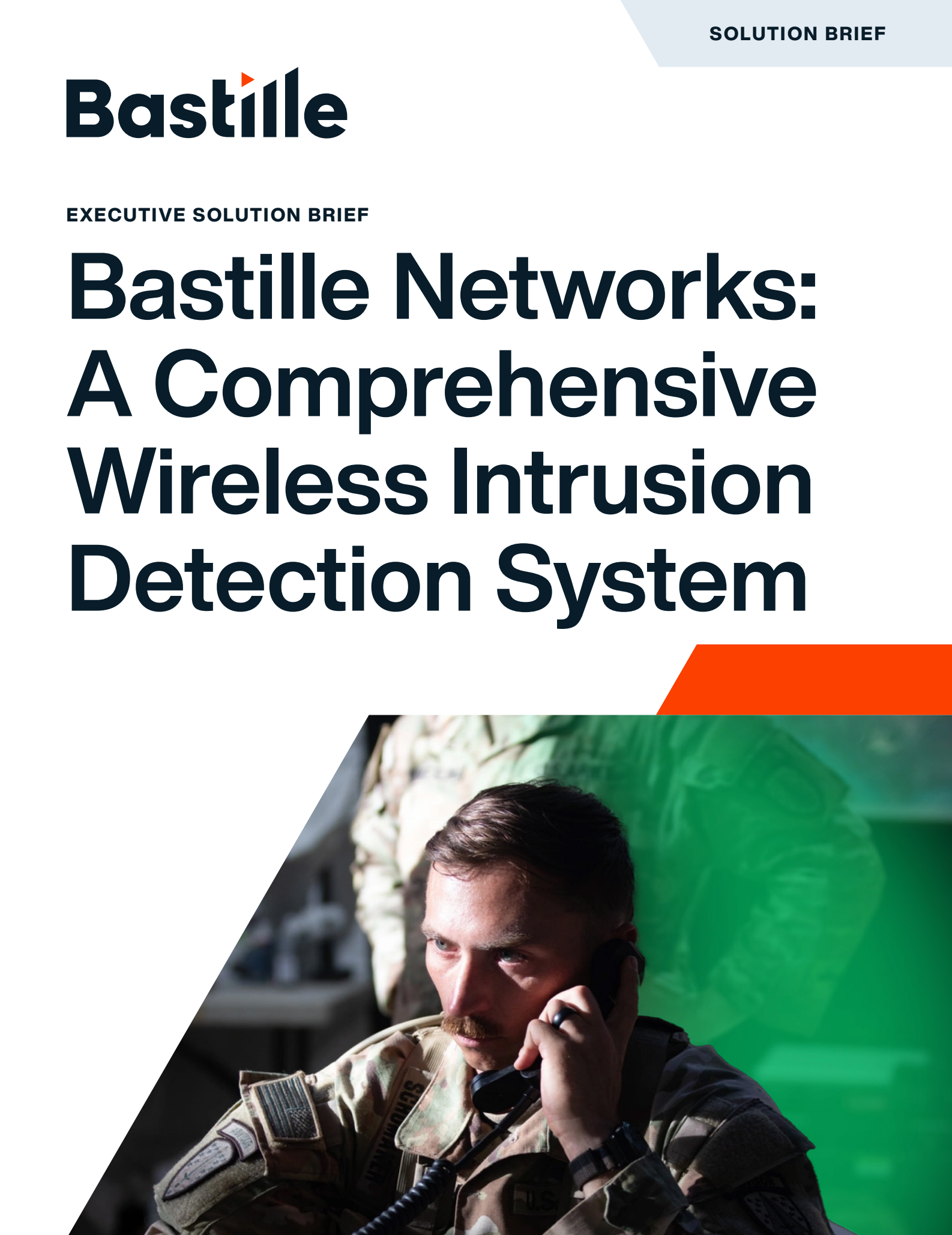
August 20, 2025 — San Diego
The U.S. Attorney’s Office (S.D. Cal.) announced today that Jinchao “Patrick” Wei, 25, an active‑duty U.S. Navy sailor assigned to the USS Essex, was convicted by a federal jury on six counts, including conspiracy to commit espionage, espionage, and multiple Arms Export Control Act/ITAR violations for exporting defense technical data.
According to trial evidence, Wei sold thousands of pages of technical and operational information, photographs, videos, and ship location data to a PRC intelligence officer for more than $12,000 over 18 months. Investigators presented messages, calls, and audio showing Wei was provided with a smartphone by the officer, instructed to film blueprints and photograph materials from secure Naval applications, and use encrypted apps & electronic “dead drops” to exfiltrate information.
Why this matters for wireless & restricted‑space security
This case is a textbook example of how personal smartphones in restricted spaces become sensors and exfiltration channels. EDR tools and traditional network controls are unable to detect unauthorized cellphones that photograph information and transmit it via personal cellular data plans. In this case, Wei was able to steal ~60 technical/operating manuals (at least 30 in one theft), plus dozens of photos, videos, blueprints, and papers with export‑control warnings.
Phone‑enabled acts (date‑ordered)
(Classification labels per the charging documents and trial evidence: NDI = National Defense Information; AECA/ITAR = export‑controlled technical data.)
- Feb 18, 2022 — Request for photos/videos. Handler asked for mooring info at Naval Base San Diego, including photographs and videos.
- Mar 13, 2022 — More Photos/videos of USS Essex
- Jun 14, 2022 — Exercise‑related photo tasking. Asked for Marine numbers/training for an upcoming maritime exercise and photographs of military hardware.
- Jul 7, 2022 — Photos of equipment sent.
- Jan 9, 2023 — Told to “film blueprints with a cellphone.” Emphasis on any flight‑deck modifications during overhaul/upgrades. Classification: AECA/ITAR
- Pattern (2022–2023): Repeated use of a phone to capture images/videos of export‑controlled ship systems from a Naval Application and to facilitate later encrypted exfiltration. Classification: AECA/ITAR technical data.
Bastille’s Take: Controls that would have helped
If you operate shipyards, dry docks, SCIFs, engine rooms, data centers, or labs, assume the camera in every pocket is an (oftentimes unintentional) exfiltration channel.
4 moves to implement now:
- True “no‑phone” zones for camera‑sensitive spaces; enforce compliance with CNSSI 1253 personal device restrictions.
- Continuous RF monitoring to detect and locate unauthorized cellular/Bluetooth/Wi‑Fi devices, even if they avoid your networks.
- Policy + physics: Don’t rely on MDM alone. Enforce with real-time presence detection and geofencing that alerts on unknown or new devices.
- Event‑driven response: Log device presence, and correlate with shift schedules and work areas.



